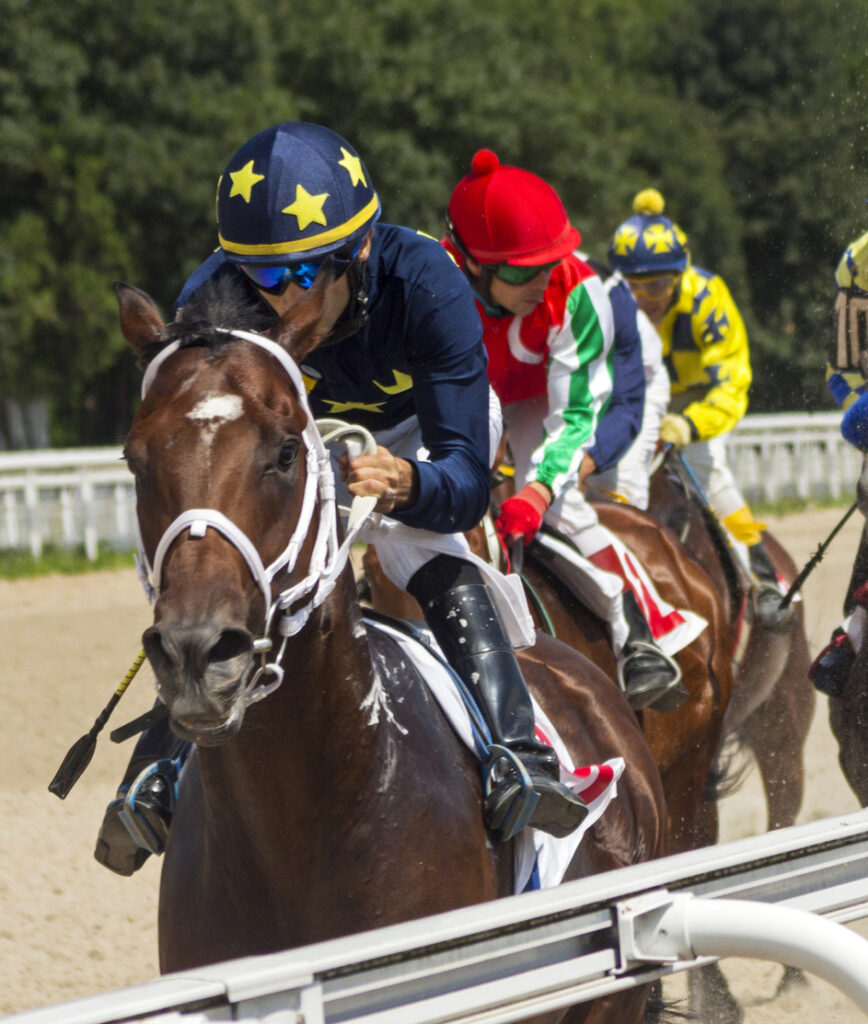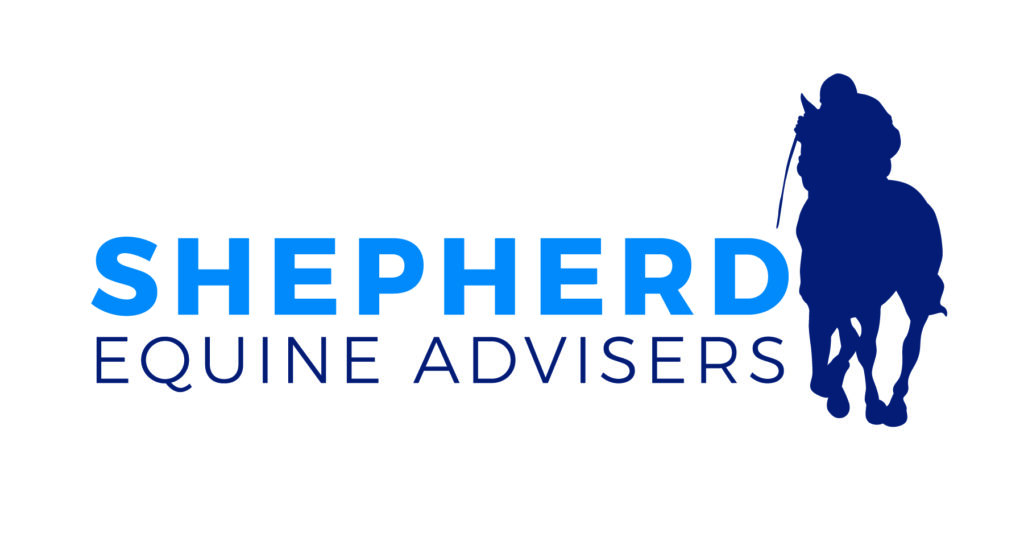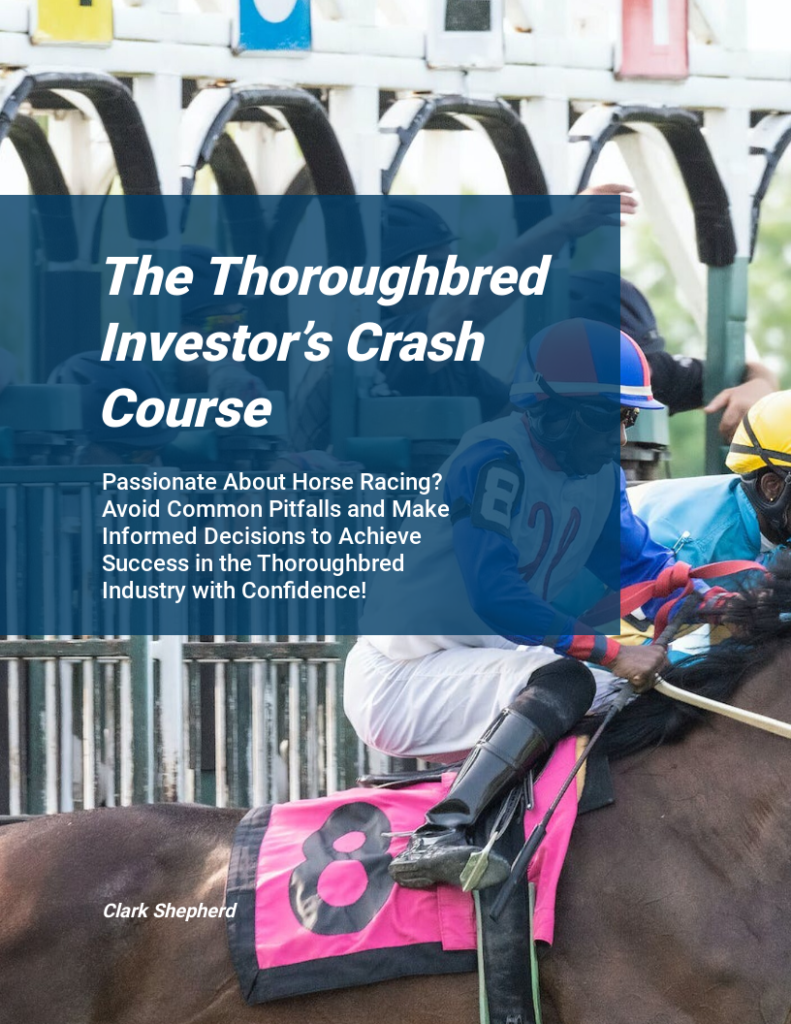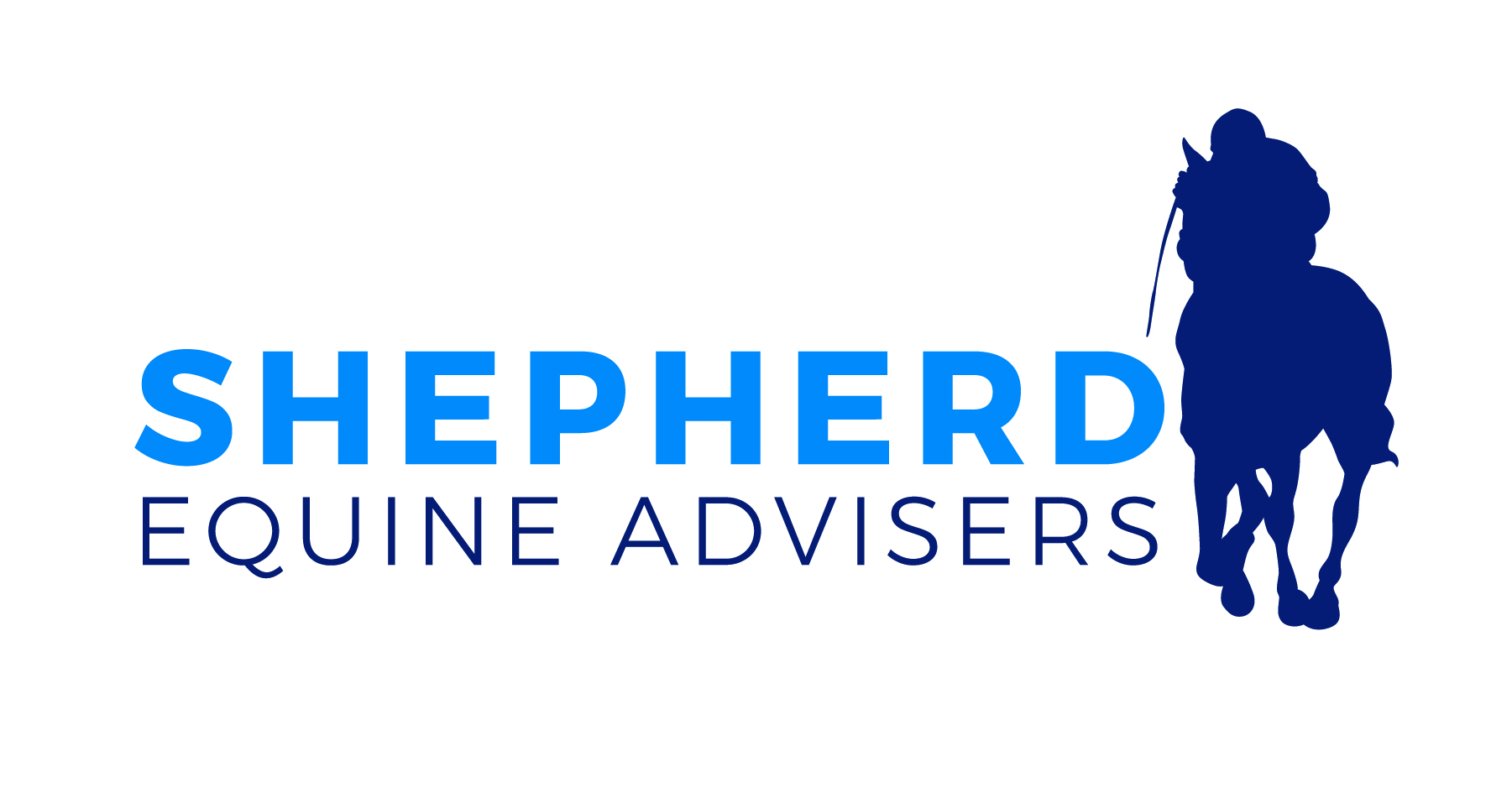When you’ve poured time, money, and hope into a racehorse, it’s tough to admit defeat. But sometimes the best move is to cut your losses and reinvest elsewhere. Letting go isn’t giving up—it’s making a strategic decision to protect your wallet and open doors to better opportunities. In horse racing, the winners know when to say “enough.”
Here’s how to recognize the warning signs and take action before you dig yourself into a deeper financial hole.

Recognize When It’s Time to Sell a Racehorse
Let’s be blunt: holding onto an underperforming racehorse is like trying to salvage a sinking ship. It doesn’t matter how much money or love you’ve put into it—if the horse isn’t delivering, it’s time to move on. Don’t fall into the trap of thinking it will magically turn around with more time or investment.
For example, if your horse is consistently placing at the bottom of races, isn’t showing signs of improvement in training, or has recurring health issues, it’s a clear signal to sell. Hanging onto it because of emotional attachment or sunk costs will only drag you down further.
Here’s what to do next: Evaluate your horse’s performance based on concrete numbers. Check race results, training progress, and veterinary reports. If the data points to continued underperformance, it’s time to cut the cord.

Reinvest in New Opportunities
Once you’ve made the tough call to sell, don’t just sit on the sidelines with your cash. Reinvest strategically. The goal is to take what you’ve learned from the failed investment and use it to make a better, smarter purchase next time.
Consider this: a racehorse that is young, sound, and comes from a strong bloodline is a better bet than one with lingering health problems. Look at horses that have shown potential but may not yet have reached their peak, or ones being sold at auction due to stable downsizing or a retiring breeder.
Here are 3 steps to get started:
- Set a clear budget for your next investment.
- Do your homework: research horses, attend auctions, and consult with bloodstock agents.
- Always have a vet perform a full health check before signing any paperwork.

Avoid the Sunk Cost Fallacy
We’ve all been there—continuing to invest in a losing venture because “you’ve already spent so much.” This is called the sunk cost fallacy, and it’s deadly in horse investments. You can’t get back the money you’ve already lost, so why keep throwing good money after bad?
Imagine you’ve spent $30,000 training a racehorse that just isn’t improving. You think, “I’ve already put in this much; I can’t stop now.” Wrong. By stopping, you save yourself from wasting another $10,000 or more on a horse that will likely continue to lose.
Here’s what to do: Reframe your thinking. Instead of focusing on past investments, focus on future gains. Ask yourself, “What can I do with this money if I stop now?” Often, the answer is much better than sinking more cash into a failing horse.

Trust Data, Not Emotions
Emotions can cloud your judgment when it comes to racehorses. Maybe you love the horse’s personality or you’re attached because of past wins. But emotions shouldn’t guide financial decisions—data should.
For instance, if your horse has been evaluated by trainers, vets, and racing professionals and the consensus is that it won’t improve, that’s hard evidence. Compare this to your emotional attachment. Which is more reliable?
Here’s what to do: Track everything—race stats, health records, and feedback from professionals. Use these numbers to make objective decisions. Don’t ignore red flags just because you “feel” your horse deserves another chance.

Learn From Successful Racehorse Investors
Top investors don’t keep their worst-performing assets. They sell, reinvest, and keep their portfolios lean and focused on success. Horse racing is no different. Successful racehorse owners know when to cut their losses and reinvest in better prospects.
Consider the case of a well-known racehorse owner who sold a promising horse after several underwhelming seasons. Instead of clinging to the hope that it would turn things around, he reinvested the proceeds into a young, up-and-coming racehorse. That horse went on to place in multiple stakes races, recouping far more than the original investment.
Here’s what to do: Study successful owners and learn from their strategies. Look for patterns in how they buy, sell, and manage their horses. Use their tactics to refine your own investment approach.

Know Your Exit Strategy
Before you even buy your next racehorse, have an exit strategy in place. This means setting clear performance goals and knowing when it’s time to sell. Don’t wait until your horse is in a downward spiral—plan ahead.
For example, set a timeline. If your horse doesn’t win or place within its first 10 races, it might be time to reevaluate. Or if it starts developing health problems that require expensive treatments, know when to walk away before costs skyrocket.
Here’s what to do: Write down a clear plan with benchmarks for success and failure. Stick to it, no matter how attached you get to your horse. This way, you’ll know exactly when to sell and avoid emotional decision-making.

Diversify Your Racehorse Portfolio
Don’t put all your money into one horse. Just like any other investment, diversification can protect you from risk. By owning a mix of horses—some racing, some breeding—you spread out the chances of one bad investment sinking your entire portfolio.
For example, while one racehorse might be underperforming, another might be steadily winning races. If one of your horses turns out to be a great broodmare, you’ll have a revenue stream from foal sales.
Here’s what to do: Start by diversifying across different bloodlines, types of races, and even locations. Invest in both established horses and younger prospects. This way, you can balance short-term racing success with long-term breeding potential.

Final Thoughts: Don’t Be Afraid to Let Go
The best investors in horse racing know when to let go. Holding onto a losing horse doesn’t make you noble—it makes you financially irresponsible. The quicker you can pivot and reinvest, the better off you’ll be.
Letting go might feel like failure, but it’s actually a smart move. It frees up resources for better investments and protects your financial health. Be honest with yourself, trust the data, and make the tough calls when you need to.
In the long run, you’ll be better positioned for success, and you’ll thank yourself for not holding onto an anchor that’s dragging you down.
Now, go out there and make the smart moves—your bank account will thank you.

Discover the essentials of thoroughbred investing in just 5 days!
This email course covers breeding basics, smart buying strategies & industry best practices.
Gain the knowledge & confidence to make informed decisions.
Sign up now & start today!
The Thoroughbred Investor’s Crash Course (thoroughbredinvestorguide.com)







Recent Comments